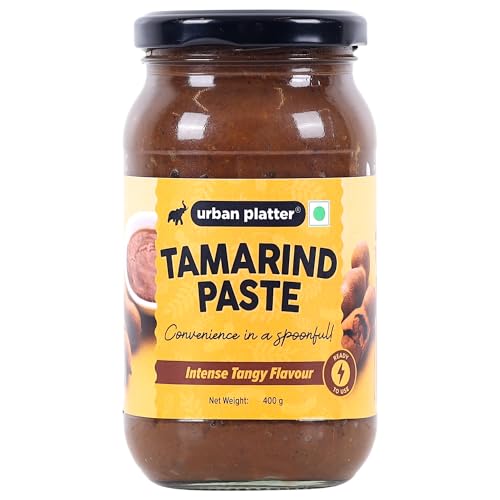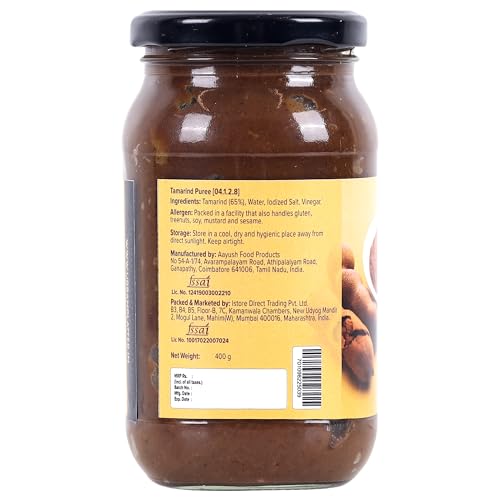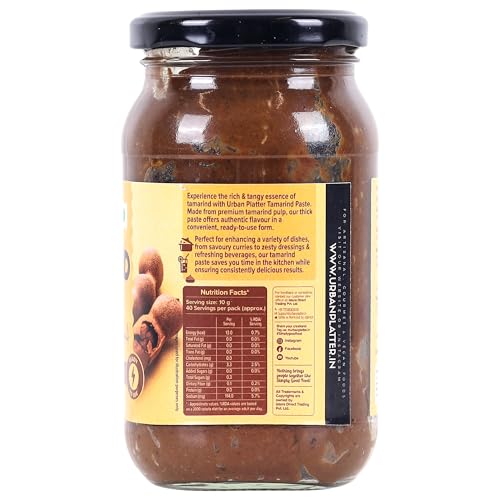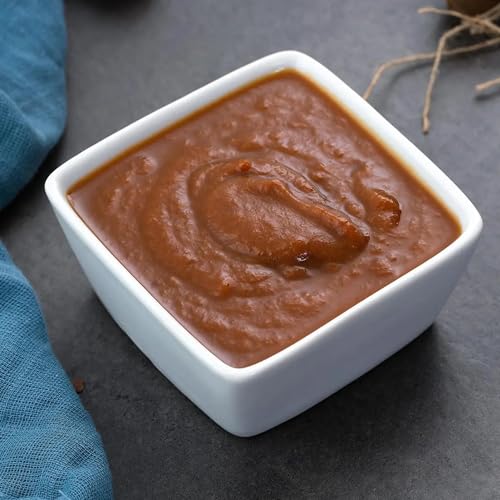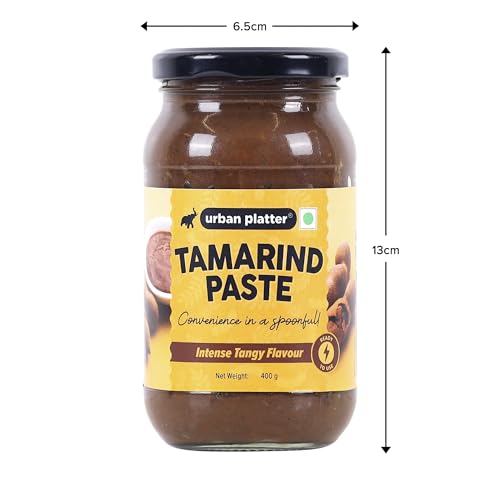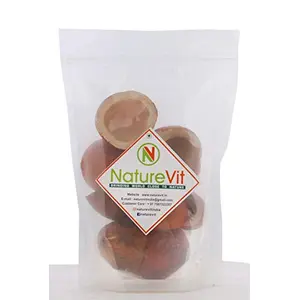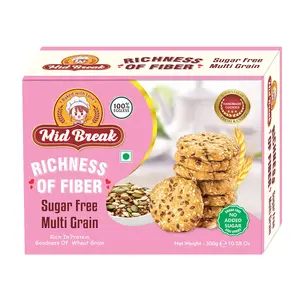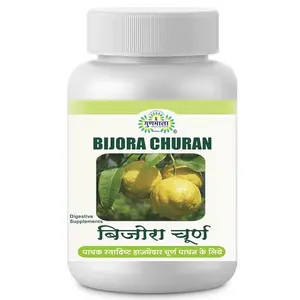HomeGrocerySpicesPowdered SpicesTamarind PowderUrban Platter Pure Malabar Tamarind Paste, 400g [Concentrated paste, All-Natural]
Shipping Price - Flat 4.5£ Charges or Get Free Shipping on order above 50£ with minimum 3 Qty.
Similar products
My account
Main Categories
Contact Us
Have questions about order & Have some new requirements?
© 2015 - 2025 Silkrute. All Rights Reserved. | Privacy Policy | Terms & Conditions

